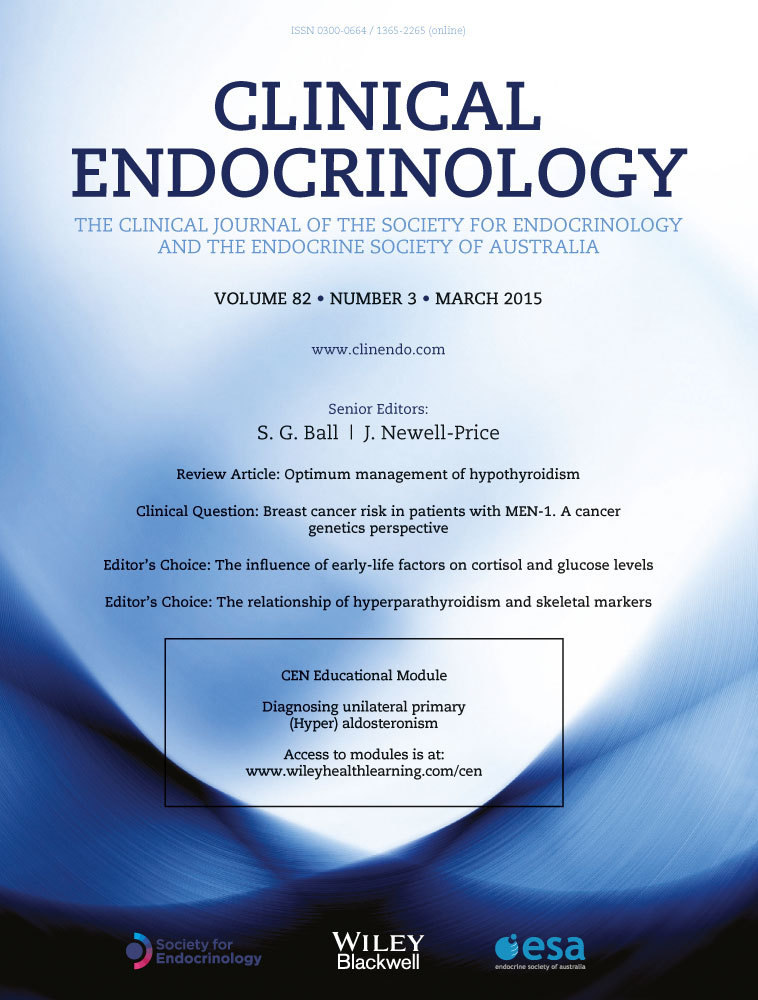Distinguishing primary from secondary Δ4-3-oxosteroid 5β-reductase (SRD5B1, AKR1D1) deficiency by urinary steroid analysis
Summary
Objective
Deficiency of Δ4-3-oxosteroid 5β-reductase (5β-reductase), a bile acid synthesis disorder, presents findings of neonatal cholestasis and hyper-3-oxo-Δ4 bile aciduria. The 5β-reductase enzyme participates in not only bile acid synthesis but also hepatic steroid metabolism. Deficiency of 5β-reductase includes 2 types: primary deficiency, with an SRD5B1 gene mutation; and secondary deficiency, lacking a mutation. Secondary deficiency is caused by fulminant liver failure from various aetiologies including neonatal hemochromatosis (NH). Distinguishing primary from secondary deficiency based on γ-glutamyltransferase (GGT), serum total bile acids (TBA), and urinary bile acid analysis using gas chromatography–mass spectroscopy (GC-MS) is very difficult. SRD5B1 gene analysis is the only reliable method. We examined urinary steroid analysis as a way to distinguish primary from secondary 5β-reductase deficiency.
Design, patients and measurements
We examined 12 patients with cholestatic jaundice, normal or slightly elevated GGT, and hyper-3-oxo-Δ4 bile aciduria using urinary steroid analysis by GC-MS of both cortisol and cortisone compounds, such as 5β-tetrahydrocortisol (5β-THF) and 5β-tetrahydrocortisone (5β-THE). Patients previously were diagnosed with primary 5β-reductase deficiency (n = 3), deficiency secondary to NH (n = 3) and deficiency secondary to other liver disorders (n = 6).
Results
Urinary steroid analysis in 3 primary deficiency and 3 NH patients showed low 5β-THE and elevated 5α/5β-THE ratios, making distinction difficult without also considering the clinical course and abdominal magnetic resonance imaging (MRI) findings, such as a very low signal intensity in liver and/or pancreas, especially in T2-weighted images. In the six patients with other secondary deficiencies, urinary 5β-THF and 5α/5β-THF differed from those in primary deficiency (P < 0·05).
Conclusions
Urinary steroid analysis can distinguish primary and NH-related deficiencies from other secondary deficiencies.




